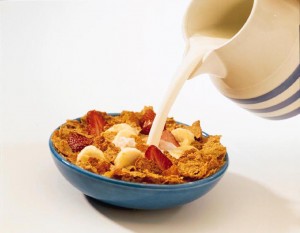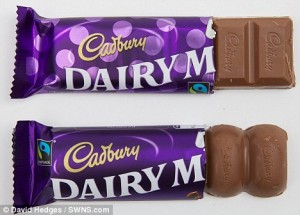05. The Best Cereal Commercials
Watch a video: Best Cereal Commercials (1-10)
Commercials are significant channels that raise awareness of the firms’ products. The distinct and visually appealing cereal commercials are often peculiar as they seem to be targeting children instead of parents — the actual contributors to the firms’ revenue stream.
Successful cereal commercials, or the “best” commercials in the video, often had three features in common: (1) the usage of familiar cartoon characters, (2) melodies that can be easily remembered, and (3) the emphasis on their crunchiness, colorfulness, fruity tastes (“delicious!”), various shapes and nutrition.
The Flinstones Pebbles cereal commercial, 1970s
I understand that the cartoon characters –Flinstones, Mario, and Ninja Turtles– and addictive melodies are very effective in attracting children, who often are more attracted to visual and auditory distinctiveness rather than the benefits of purchasing the goods. In the commercials, nutritional aspect of the cereal was not strongly emphasized; rather, the word “nutrition” was sung by the cartoon characters for a second.
If assuming that adult consumers are more interested in health of their children and nutrition, and knowing that they are more rational consumers, how did the commercials appeal to their actual customer segment–the parents?
The commercials were effective in persuading parents to purchase their goods even if the commercials often were too focused on their points of differences (which were distinct shapes, colourfulness and flavours) while being reluctant to strongly emphasize on their nutrition and healthiness. Perhaps, it means that parents perceive taste and shapes of cereals significant, or the commercials were very visually effective that it remained in parents’ perception for a long time.
Although the question remained unanswered, it was clear that sometimes the commercials are meant to win the consumers’ perceptions, rather than to provide logical reason why they should purchase their goods.
——————————————————————————————————————————-
1. Picture: http://www.ifood.tv/blog/smartfoods-cereal-tries-to-gain-foothold-in-america




